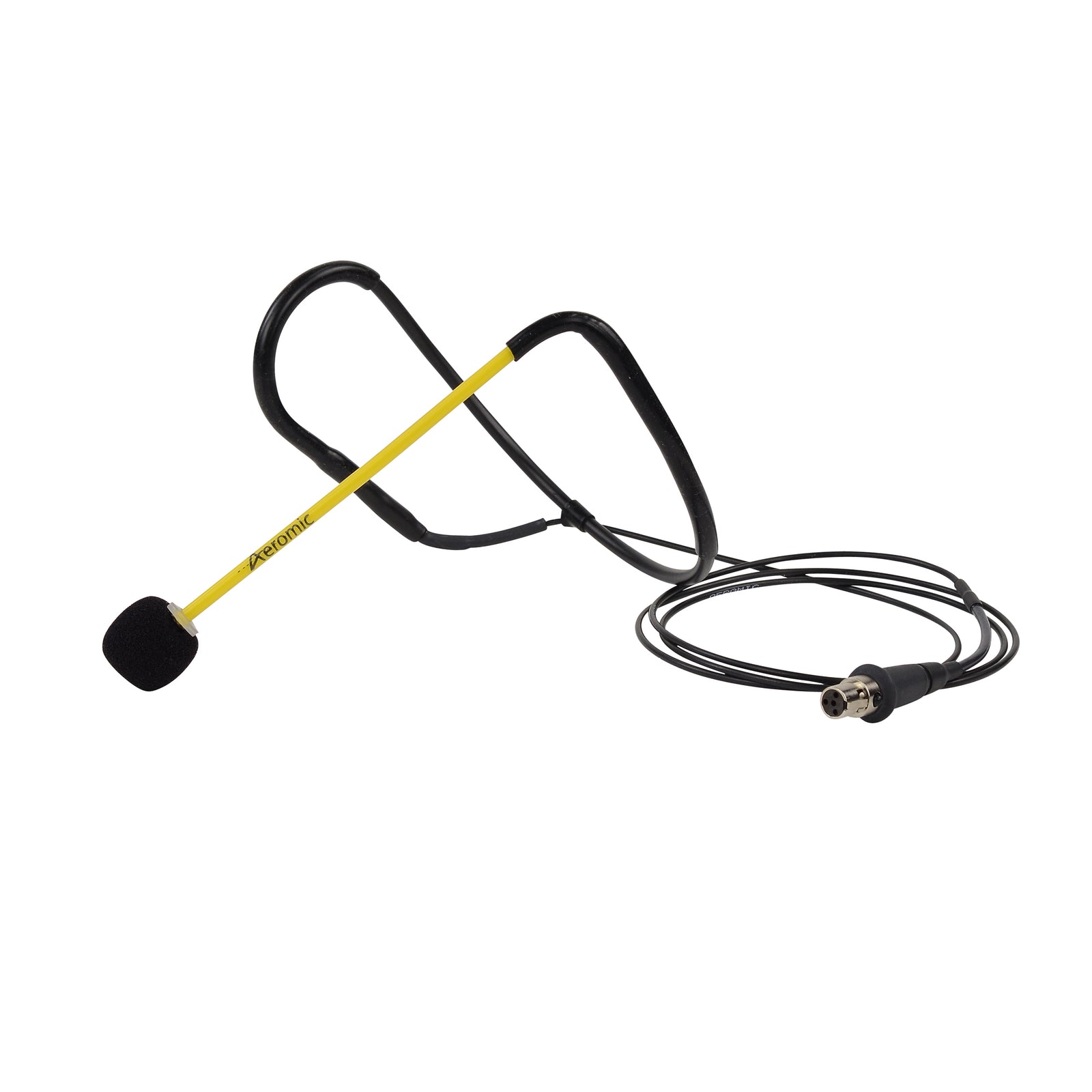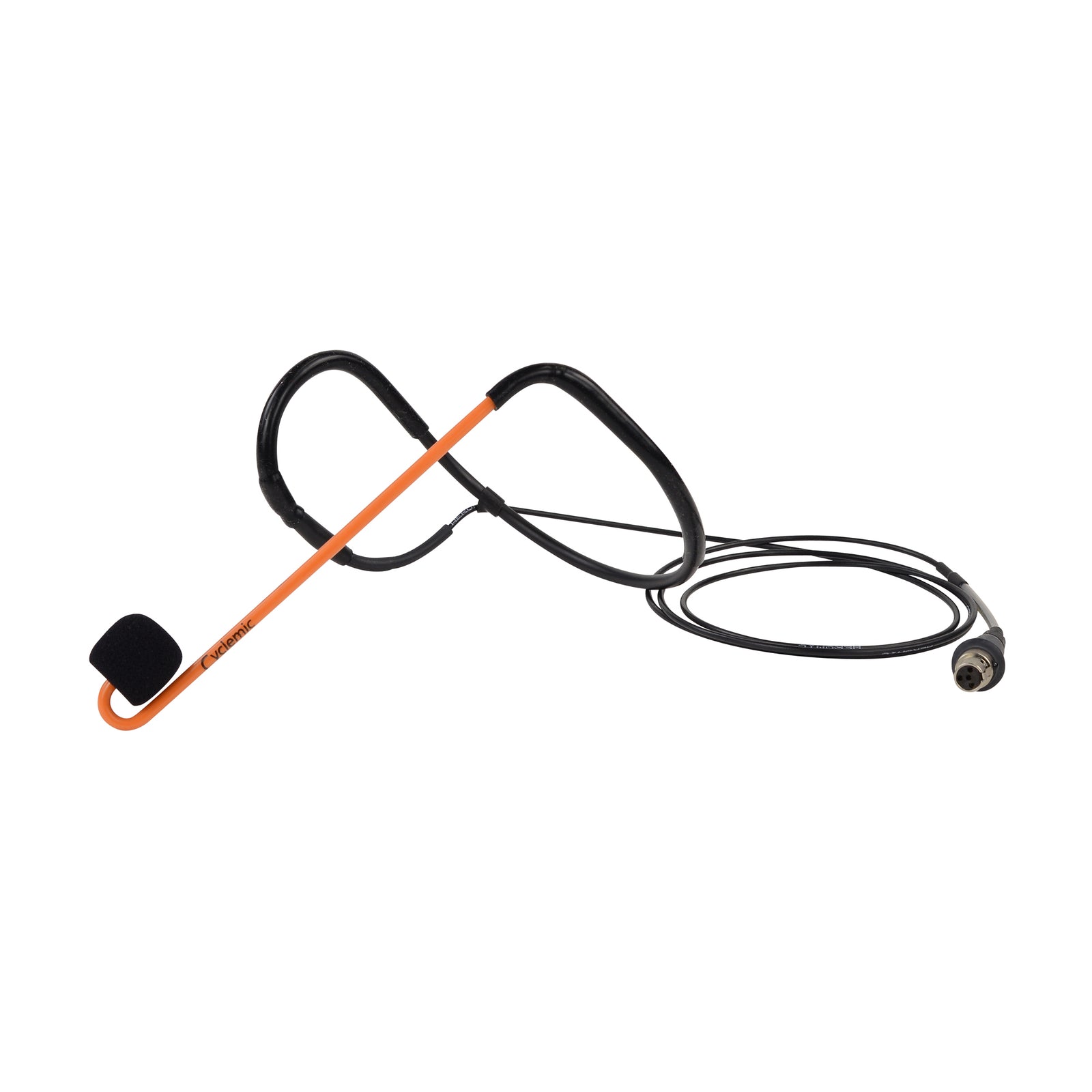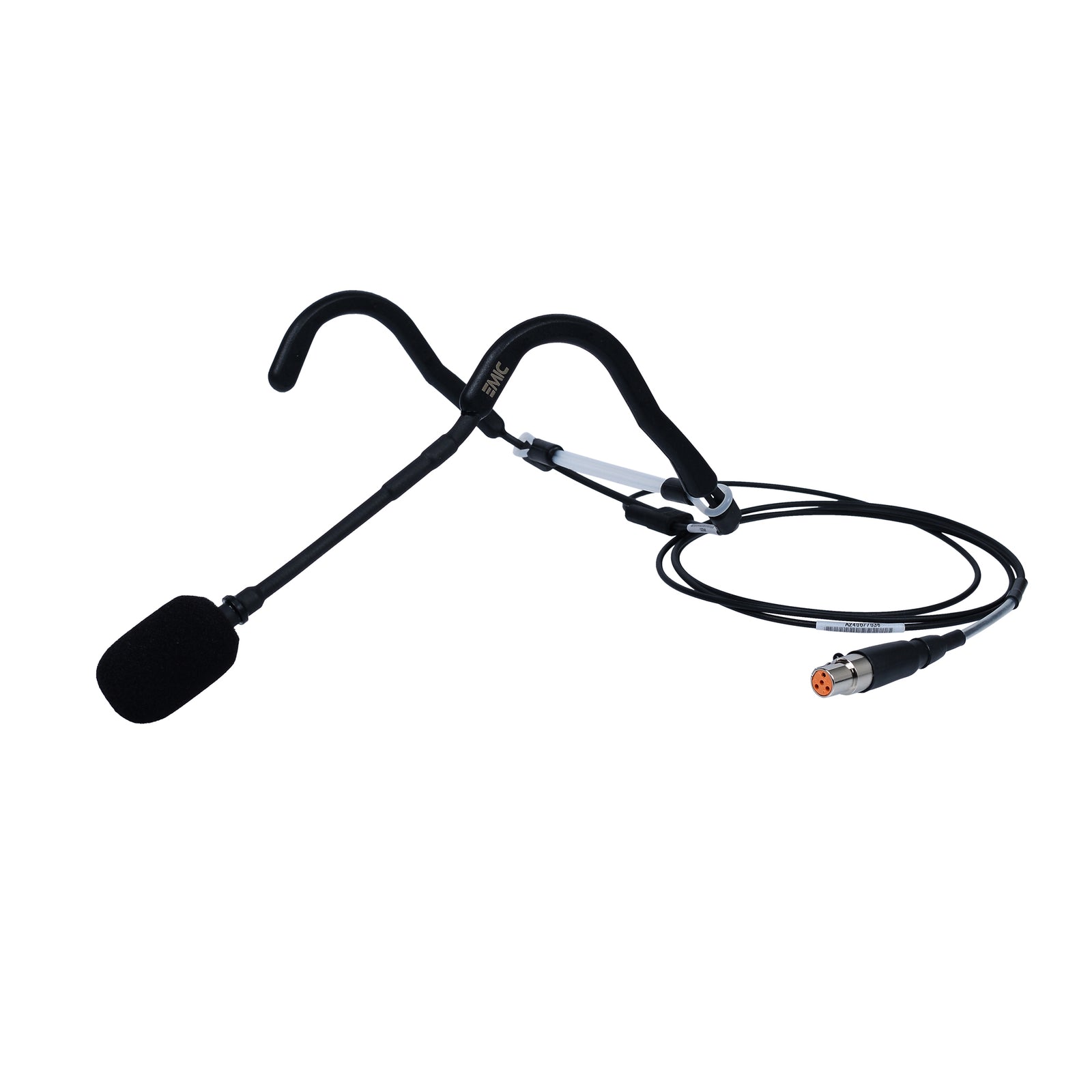
When it comes to setting up a sound system in your gym, it's important to be aware of the legal considerations surrounding noise regulations and compliance. Excessive noise levels can be disruptive to your facility, neighbouring businesses, and the community. By understanding and adhering to noise regulations, you can ensure a harmonious environment while providing an exceptional audio experience for your members. Read on for Fitness Audio’s guide to managing noise regulations and compliance for gyms and fitness centres.
1. Research Local Noise Regulations
Start by researching and familiarising yourself with the local noise regulations that apply to your area. Noise regulations can vary significantly from one jurisdiction to another. Check with your local government or relevant authorities to understand the permissible noise levels, specific restrictions, and any permits or licences required for operating a sound system in a commercial space.
2. Determine Permissible Noise Levels
Noise regulations typically specify permissible noise levels during different times of the day. These levels are often measured in decibels (dB) and can vary based on the zoning of your gym (residential, commercial, etc.). Identify the acceptable noise levels for your gym, both indoors and outdoors, during specific time periods such as daytime, evening, and nighttime. This will help you set appropriate volume levels for your sound system.
3. Soundproofing and Acoustic Treatments
To minimise the impact of noise on the surrounding environment, consider implementing soundproofing measures and acoustic treatments within your gym. Soundproofing materials, such as acoustic panels or wall insulation, can help contain the sound within your premises. Additionally, investing in proper acoustic treatments, like absorptive panels or diffusers, can help improve the sound quality within your gym while minimising noise leakage to neighbouring areas.
4. Speaker Placement and Directionality
Strategic speaker placement and directionality can help minimise the spread of sound beyond your gym boundaries. By angling speakers towards the workout areas and away from nearby walls or windows, you can focus the sound where it's needed the most and reduce the potential for noise disturbance to neighbouring properties. Consult with Fitness Audio to ensure optimal speaker placement for both sound quality and noise control.
5. Time Restrictions and Quiet Hours
Be aware of any time restrictions or designated quiet hours in your locality. Some jurisdictions impose specific hours during which noise must be kept to a minimum, especially during early morning or late evening hours. Adjust your sound system's volume levels accordingly to comply with these restrictions and avoid unnecessary disruptions to nearby residents or businesses.
6. Member Communication and Signage
Clearly communicate your gym's noise policies to your members. Display signage in prominent areas, such as workout spaces or near the sound system controls, to remind members to be mindful of the sound levels and considerate of others. Educate your staff and Fitness Instructors about the importance of maintaining an appropriate noise environment and encourage them to monitor and adjust the sound system as needed during classes or training sessions.
7. Regular Noise Level Monitoring
Implement regular noise level monitoring within your gym. This can be done using sound level metres or specialised noise monitoring devices. By monitoring noise levels, you can identify any instances of excessive noise and take appropriate actions to rectify the issue promptly. Monitoring also helps you maintain compliance with noise regulations and ensures a pleasant environment for your members and the surrounding community.
8. Engage with Neighbouring Businesses and Community
Maintaining positive relationships with neighbouring businesses and the community is essential. Proactively engage with them and address any concerns they may have regarding noise. Keep open lines of communication and be responsive to their feedback. This not only demonstrates your commitment to being a good neighbour but also helps resolve any potential noise-related issues before they escalate.
9. Consult with Fitness Audio
If you're unsure about noise regulations or need assistance in ensuring compliance, consult with Fitness Audio! Our team can provide expert guidance on optimising your sound system, implementing noise control measures, and navigating the legal aspects of noise regulations.
Call Fitness Audio today for more information!







